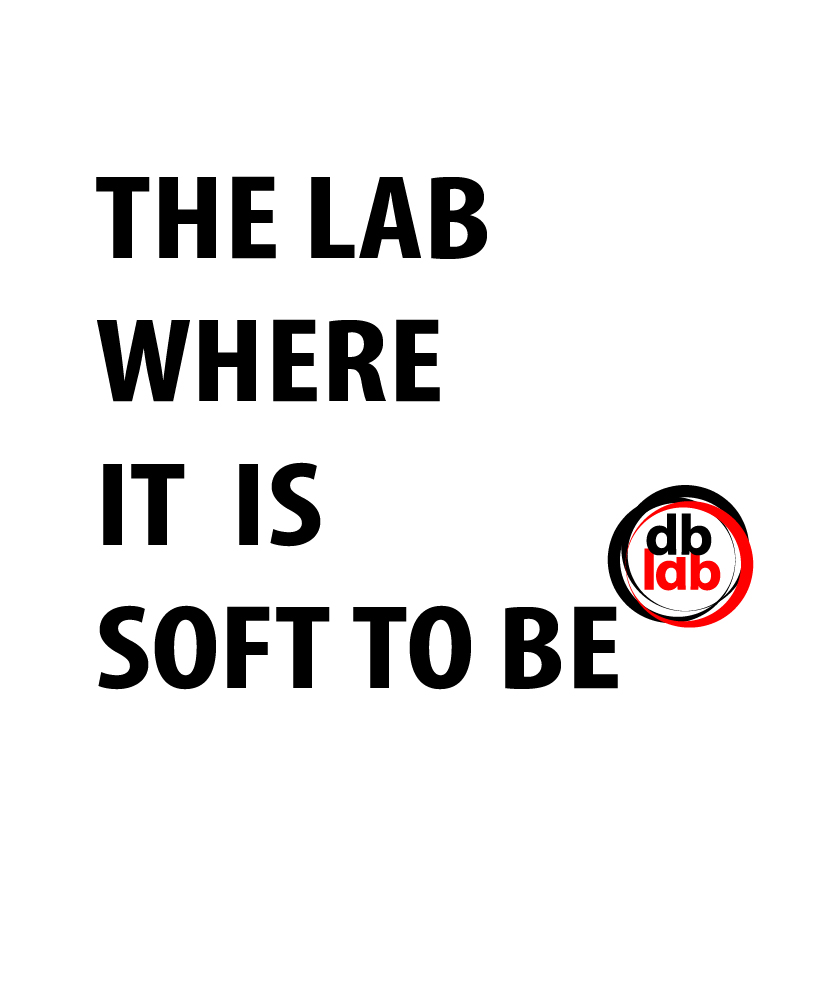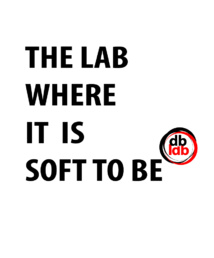DNA nanotechnology & synthetic biology: a soft twist
We exploit intrinsic soft matter properties of biological systems (DNA, proteins, membranes) to regulate their functions as well as we implement programmable biological functions in synthetic soft matter systems. For instance, we use photocontrol of DNA compaction to regulate the activity of encoded or conjugated proteins while photoreversible DNA hybridization is applied for isothermal photocontrol of DNA nanostructures (e.g., DNA origamis).
Metafluidics: new fluid actuation principles for better microfluidics
We exploit intrinsic soft matter properties of biological systems (DNA, proteins, membranes) to regulate their functions as well as we implement programmable biological functions in synthetic soft matter systems. For instance, we use photocontrol of DNA compaction to regulate the activity of encoded or conjugated proteins while photoreversible DNA hybridization is applied for isothermal photocontrol of DNA nanostructures (e.g., DNA origamis).
Metafluidics: new fluid actuation principles for better microfluidics
We pioneered the use of light to control flows by generating interfacial energy gradients in the presence of photosensitive surfactants. By transposing this principle into various configurations, we build an optofluidic toolbox making possible to control a plethora of microfluidic operations, with a simple light-emitting diode (LED) as a light source, making our approach highly robust, truly portable and cost-effective. We also develop a totally new framework for magnetic transport and manipulation of liquid entities, working with portable, cost-effective permanent magnets and without any added magnetosensitive particles.
Harnessing coffee rings: from ubiquitous particle patterning to low-cost diagnostics
Harnessing coffee rings: from ubiquitous particle patterning to low-cost diagnostics
The so-called “coffee-ring effect” denotes the accumulation of nonvolatile compounds at the edge of an evaporating sessile drop. This ubiquitous phenomenon can be seen as both a scientific challenge and an obstacle in industry. We are devising new ways to harness the coffee-ring effect and exploiting it to convert it into a powerful tool for applications ranging from ubiquitous particle patterning to low-cost point-of-care diagnostics.

